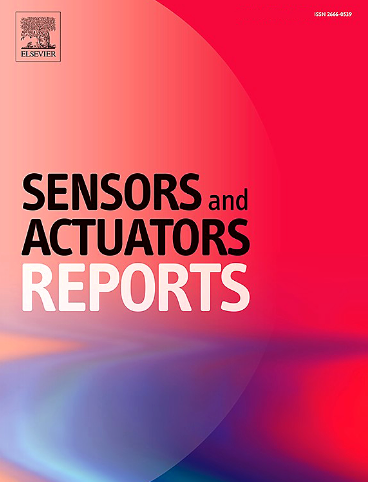光学生物传感器作为临床检测ESKAPE细菌替代诊断方法的研究进展
IF 7.6
Q1 BIOTECHNOLOGY & APPLIED MICROBIOLOGY
引用次数: 0
摘要
抗菌素耐药性(AMR)在全球范围内的上升,表现为多重耐药、极度耐药和普遍耐药病原体,正在引起发病率,令人震惊地转化为死亡率。这个问题与低收入和中等收入国家有关,这些国家严重依赖初级和二级卫生保健机构,但基础设施和诊断手段严重受限。传统和分子诊断方法是有效的,但需要较长的周转时间,价格昂贵,并且需要专门的设备。由于这些限制,这些设施通常不存在于初级保健中心。这篇综述探讨了在传统的病原体鉴定和抗生素敏感性检测之外迫切需要替代诊断策略,强调了细菌代谢物和毒力因子的检测作为AMR的创新生物标志物。这篇文章提供了关键的见解,裁剪光学生物传感器技术作为替代诊断ESKAPE病原体在资源有限的设置。它强调了这些生物传感平台与新兴代谢组学和生物标志物分析技术的整合,为即时诊断提供了一条有希望的途径。此外,在信号处理和特征提取中结合人工智能和机器学习算法可以提高生物传感器的性能并加快诊断准确性。该综述对抗菌素耐药性诊断技术的现状进行了评论,并为开发可靠和可部署的诊断方法提供了战略性进展,以帮助更好地控制细菌感染。本文章由计算机程序翻译,如有差异,请以英文原文为准。

Advances in optical biosensors as alternative diagnostics for clinical determination of ESKAPE bacteria
The global rise of antimicrobial resistance (AMR), manifesting as multidrug-resistant, extremely drug-resistant, and pandrug-resistant pathogens, is causing morbidities which are alarmingly translating to mortalities. The issue is pertinent to low and middle-income countries, which rely heavily on their primary and secondary healthcare setups with severely constrained infrastructure and diagnostics. Traditional and molecular diagnostic methods are effective, but have long turnaround times, are expensive, and require specialized facilities. Due to these constraints, these facilities are usually not present at the primary healthcare centers. This review explores the urgent need for alternative diagnostic strategies beyond conventional pathogen identification and antibiotic susceptibility testing, emphasizing the detection of bacterial metabolites and virulence factors as innovative biomarkers for AMR. This article provides critical insight into tailoring optical biosensor technologies as alternate diagnostics for ESKAPE pathogens in resource-limited settings. It highlights the integration of these biosensing platforms with emerging metabolomics and biomarker profiling technologies, offering a promising route toward point-of-care diagnostics. In addition, incorporating artificial intelligence and machine learning algorithms in signal processing and feature extraction enhances biosensor performance and accelerates diagnostic accuracy. The review critiques the current state of the art in AMR diagnostics and provides strategic inroads for developing robust and deployable diagnostics to help better bacterial infection control.
求助全文
通过发布文献求助,成功后即可免费获取论文全文。
去求助
来源期刊

Sensors and Actuators Reports
Multiple-
CiteScore
9.60
自引率
0.00%
发文量
60
审稿时长
49 days
期刊介绍:
Sensors and Actuators Reports is a peer-reviewed open access journal launched out from the Sensors and Actuators journal family. Sensors and Actuators Reports is dedicated to publishing new and original works in the field of all type of sensors and actuators, including bio-, chemical-, physical-, and nano- sensors and actuators, which demonstrates significant progress beyond the current state of the art. The journal regularly publishes original research papers, reviews, and short communications.
For research papers and short communications, the journal aims to publish the new and original work supported by experimental results and as such purely theoretical works are not accepted.
 求助内容:
求助内容: 应助结果提醒方式:
应助结果提醒方式:


